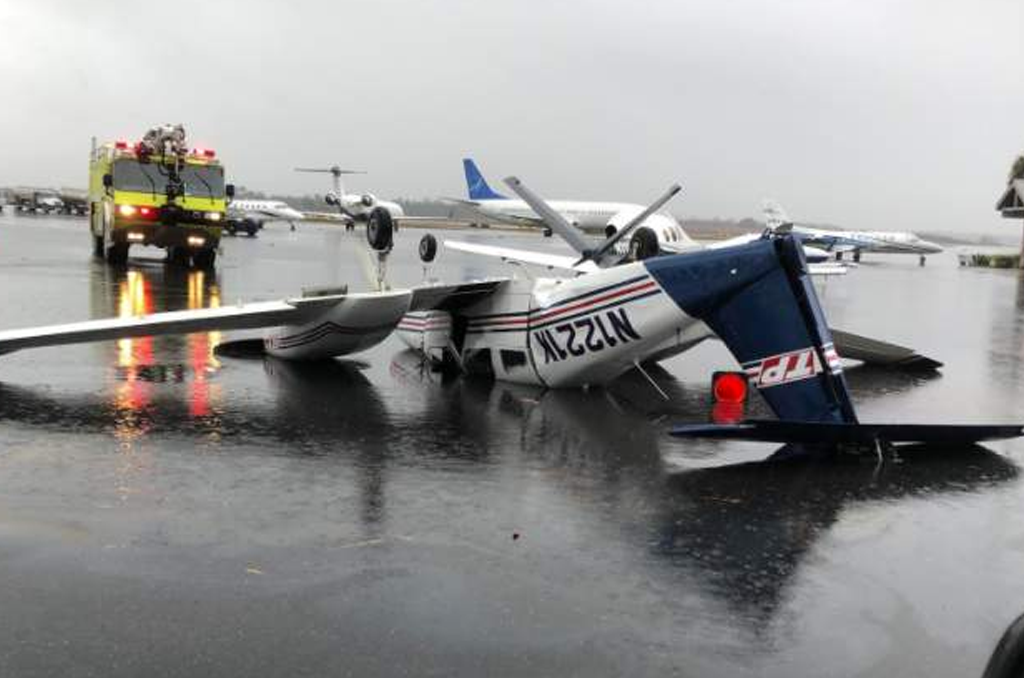Courtesy: City of Tallahassee
Hurricanes pose the largest natural disaster threat to our beautiful state for roughly half of the year. Officially speaking, hurricane season runs from June 1 through the end of November, but it doesn’t mean they are limited to just that period of time. Luckily, we can plan for a hurricane and increase chances of proper mitigation and damage control when given enough time to prepare. Thanks to modern day technology and advanced prediction metrics, predicting the path of a hurricane has become easier. But, not all natural disasters can be predicted—which brings us to tornadoes.
Tornadoes are like flash mobs, they are unexpected, unpredictable, and can happen any time, any day, any place. Exhibit A was on full display midweek in Florida’s capital of Tallahassee. A tornado touched down near the Tallahassee airport on Wednesday, Jan. 27., knocking down a weather radar and at least one small plane before moving east into residential neighborhood territory, according to the National Weather Service.
While no injuries were reported, thousands in the area reported power outages throughout the day—something all Floridians can relate to at some point.
As the state heads into the stormy spring season, it is especially important that Floridians understand the importance of proper procedure in the event of a tornado.
At approximately 10 a.m. Feb. 3., all National Weather Service offices serving Florida will be issuing a practice/simulated tornado warning throughout the state. *If severe weather affects the state on Wednesday it will be rescheduled to Friday, Feb. 5.
The practice warning will be transmitted by the National Oceanic and Atmospheric Administration (NOAA) weather radio and will end at 10:30 a.m. The test is being held as part of severe weather awareness week across the state.
Schools, pre-schools, education centers, daycares, and more are encouraged to take part in this drill as a refresher of the severe weather plan. You may follow along at home with family as well.
According to FloridaDisaster.org the following can be done in accordance with the drill:
- February 3: The Day of the Drill
After 8:00 a.m. EST
Consider a Tornado Watch to be in effect
• Announce watch to staff and/or students
• Designate authority (coordinator)
• Evacuate tornado vulnerable areas - 10:00 a.m. EST
Tornado Warning
• Receive test message
• Coordinator determines threat
• Upon determination of immediate threat, give “take shelter” or “duck and cover” command (depending on space available at location) - 10:30 a.m. EST
Termination of Watch and Warning
• Give instructions to return to normal activities (You will not receive notification. Terminate the drill as you see fit.) - After the Drill
Wrap-up
• Following the drill, assess and revise plan as needed.
Full details of the drill can be found by clicking here.
It is always good to be prepared for a storm, and while tornadoes are unpredictable and can show up at any moment, it is best to know how to approach the event if it ever happens. Remember, practice makes perfect.
Stories that matter are our priority. At Florida Insider, we make sure that the information we provide our readers is accurate, easy-to-read, and informative. Whether you are interested in business, education, government, history, sports, real estate, nature or travel: we have something for everyone. Follow along for the best stories in the Sunshine State.

